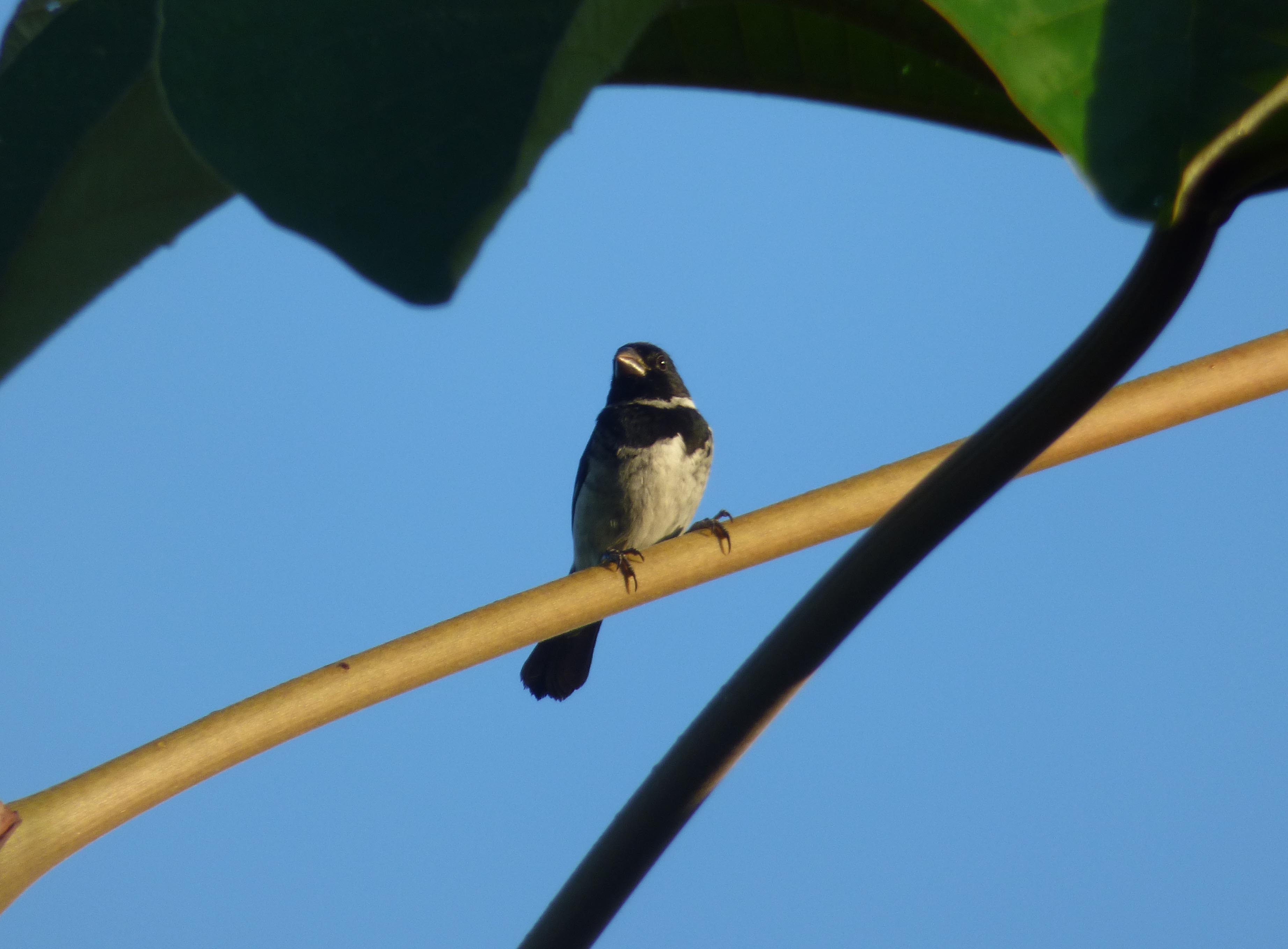
| |
| Home |
| Research |
| Publications |
| People |
| Teaching |
| Field Course |
| Conservation |
| Outreach |
| Adventures |
| Opportunities for students |
| Contact |
RESEARCH PROGRAM |
| SPECIATION IN THE VARIABLE SEED-EATER COMPLEX |
Understanding the origin of species requires uncovering the changes in traits and underlying genes that promote assortati ve mating among variable populations. For example, differences in sexually-selected traits might arise rapidly and, through assortative mating and reinforcement, lead to the evolution of premating reproductive barriers, the hallmark of biological species. However, such recently-diverged populations commonly experience high levels of gene flow upon secondary contact, which, in turn, could prevent further differentiation and result in the loss of incipient species. To test how divergence in secondary-sexual characters can drive the evolution of new species upon secondary contact, we are taking advantage of Sporophila seedeaters, a recently-radiated clade with high rates of speciation.
This project is the topic of Diego Ocampo's PhD Dissertation.
|
|
| A black and whitesubspecies of the Sporophila corvina in Costa Rica. (Photos, including banner, taken by Diego Ocampo) |
| Back to Current Research Page |
| Back to Uy Lab Home |
|
